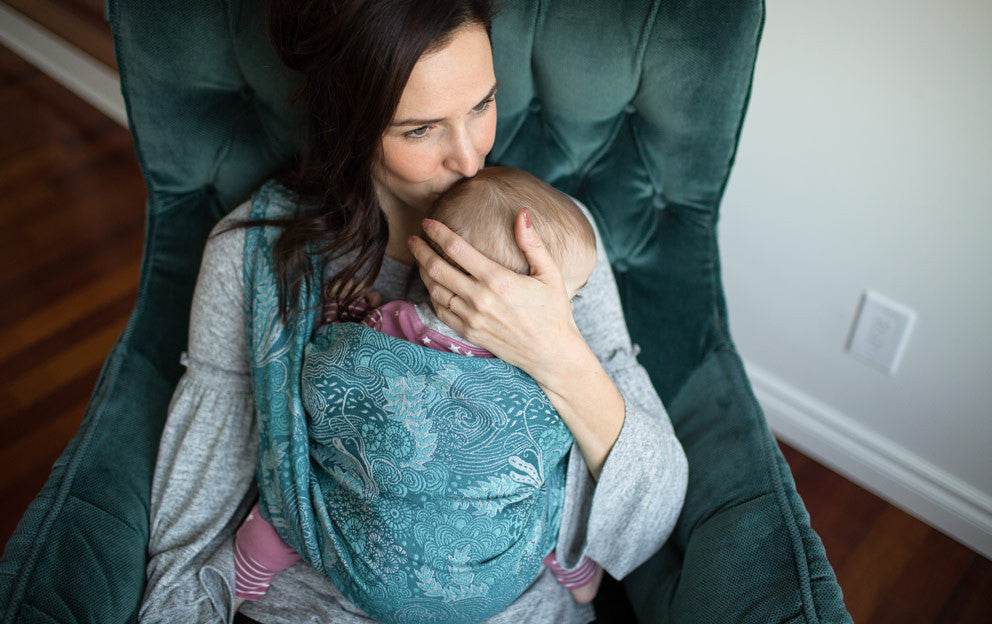
My Baby Doesn't Like the Baby Carrier
So, you've learnt the basics about using your baby carrier, wrap or ring sling, you're getting the hang of it but your baby just doesn't seem happy. Sound familiar? Well don't worry, it's quite common! And there can be many different reasons for babies being unsettled.
It's a new skill and experience for both of you
Remember that this is a very new experience for both of you and it's very normal for babies to fuss when you start carrying them. Using wraps can take a bit of practice and the more you practice the faster and more efficient you'll become. But when you're first learning it's perfectly normal to take a while tightening and fumbling, and if you're feeling less than confident your baby will pick up on this. Try practicing with a doll, teddy or even a cushion before you move onto the real thing. Always try to leave yourself plenty of time – wrapping in a rush will only make you both stressed.
Contacting a local sling consultant in your area can help you gain confidence and learn some tricks, especially if you're learning to back carry.
Is my baby happy in a baby carrier?
When you're first learning to use your baby carrier make sure your baby isn't hungry, too tired, or needs their nappy changed. A happy contented baby will be one that's easier to put in a sling.
A breastfed baby who's hungry will become more insistent on being fed once they're in such close proximity to you in the wrap carrier. Once you're confident you can look at how to feed them safely while you're carrying but when you're learning it's best to concentrate on one thing at a time.
Think about what they're wearing before you start, and ensure they're not too hot or cold. Often people forget that each wrap pass is an extra layer of fabric over baby and you're sharing body heat, so it's best to have layers that you can easily take off baby and yourself.
Think about the type of clothes they're wearing. Are they comfortable? Jeans or denim dungarees might be uncomfortable when in a sling and seams might chafe. Footed sleep suits can end up pinching little toes once baby is in that nice M position so make sure the sleep suit is a generous size and once they're in the sling pull the material away from their toes.
Is baby suffering from reflux?
Most refluxy babies love being carried because being kept upright after a feed is an ideal position. But sometimes the pressure on a full tummy is a bit uncomfortable. If you suspect this is why your baby is grumbling it might be worth trying a seated sideways position in the sling.
Are they going through a developmental stage?
Sometimes the behaviours our babies exhibit make it seem like they hate the sling, but are actually related to perfectly normal developmental milestones. It's not that they dislike being carried but simply that they're being given a great opportunity to learn another new skill or work on a different muscle group. Remember that carrying your baby is great for helping their core muscle development, so lots of the following behaviours are simply babies working on this.
Here's a quick run-down:
2-6 months – The nosy baby
Your delightful little bundle is no longer a sleepy newborn, they're awake for longer stretches and are beginning to become aware of life around them. They will often crane their neck around, making lots of parents worry that they hate being carried and want to see more. Remember part of this will be them practicing their new found head control. It's not until about 8-12 months that babies can see objects on the other side of the room, so although young babies do become more interested in the world around them, they still can't see very far.
Try a seated sideways position with young babies or a hip carry with older ones to give them a wider view of the world.
These tutorials may help you:
4-7 months – The rodeo star
Your little darling goes from being impeccably behaved and simply falling asleep in the wrap to starting to throw themselves violently backwards or leaning. It can seem daunting and like they really want to get out but this phase seems to coincide with sitting up, learning to crawl and developing more torso control, so it's more likely that they're just testing things out.
Make sure your wrap is properly tightened and use a carry that incorporates ruck/kangaroo or torso passes to give baby more support.
These tutorials may help you:
6-12 months – The leg straighter and bouncer
When being carried on my back, one of my daughters liked to try and wiggle her legs down onto my bottom so she could push up on it, which was both frustrating in terms of wrapping and making me feel paranoid about the size of my backside! This phase is likely to be related to standing, first steps and early toddling. It can be one of the most frustrating phases as a wrapper.
It's crucial you tighten your wrap really well during this phase. Ensure that passes properly pin your seat in place and don't pull up extra fabric between you to create a seat, your wrap should run in a tight straight line from one knee pit to the other. A carry with cross passes can also be useful.
These tutorials may help you:
12-18 months - The wriggler
Your baby is now a toddler and they're on the move and discovering more freedom. Testing your wrapping skills by wriggling, bouncing, leaning and leg straightening is all perfectly normal. It doesn't mean they hate being carried, they're just growing up and often think it's fun to wriggle while you're trying to wrap.
Distraction is the key here, try to engage them with a toy or breadstick. If you can, focus their attention elsewhere and it will give you more time to wrap. Picking quick carries can often help in this phase. If they're wriggling once wrapped then multiple passes can help.
These tutorials may help you:
18 -24 months – The sling refuser
Your toddler is becoming independent and wants to do things on their own terms and they often want to walk and run. But, little legs get tired quickly so it's a good idea to have a wrap or ring sling handy. When you need to carry them try making it a fun game of horsey. Shorty wraps can be brilliant for this age.
These tutorials may help you:
Keep trying!
Don't give up – using a wrap or a ring sling is an amazing skill and most babies will end up loving it.
If your baby's upset and doesn't have a perfect position don't worry. Remember, safety is the most important thing; your baby must have a clear airway, not be slumped and be secure enough that they won't fall. Movement and fresh air are both great for settling babies so go for a walk outside and once they've settled you can correct any issues.
My biggest tip with newborns is the "shush squat". A deep, regularly timed squat while saying a long shhhhh will calm most little babies in slings, and the bonus is it's a great workout for your legs!
Shop for your perfect carrier!
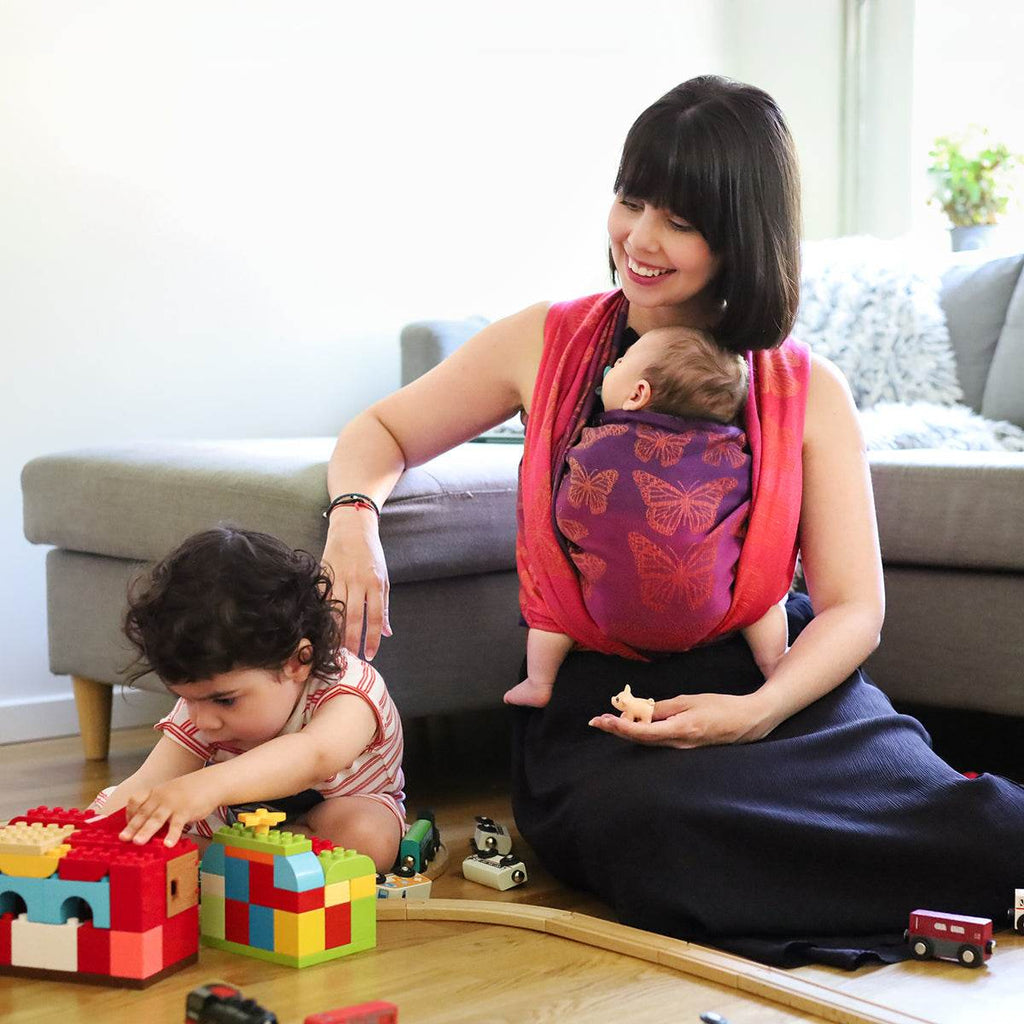
Best Baby Carrier For Newborns 2025
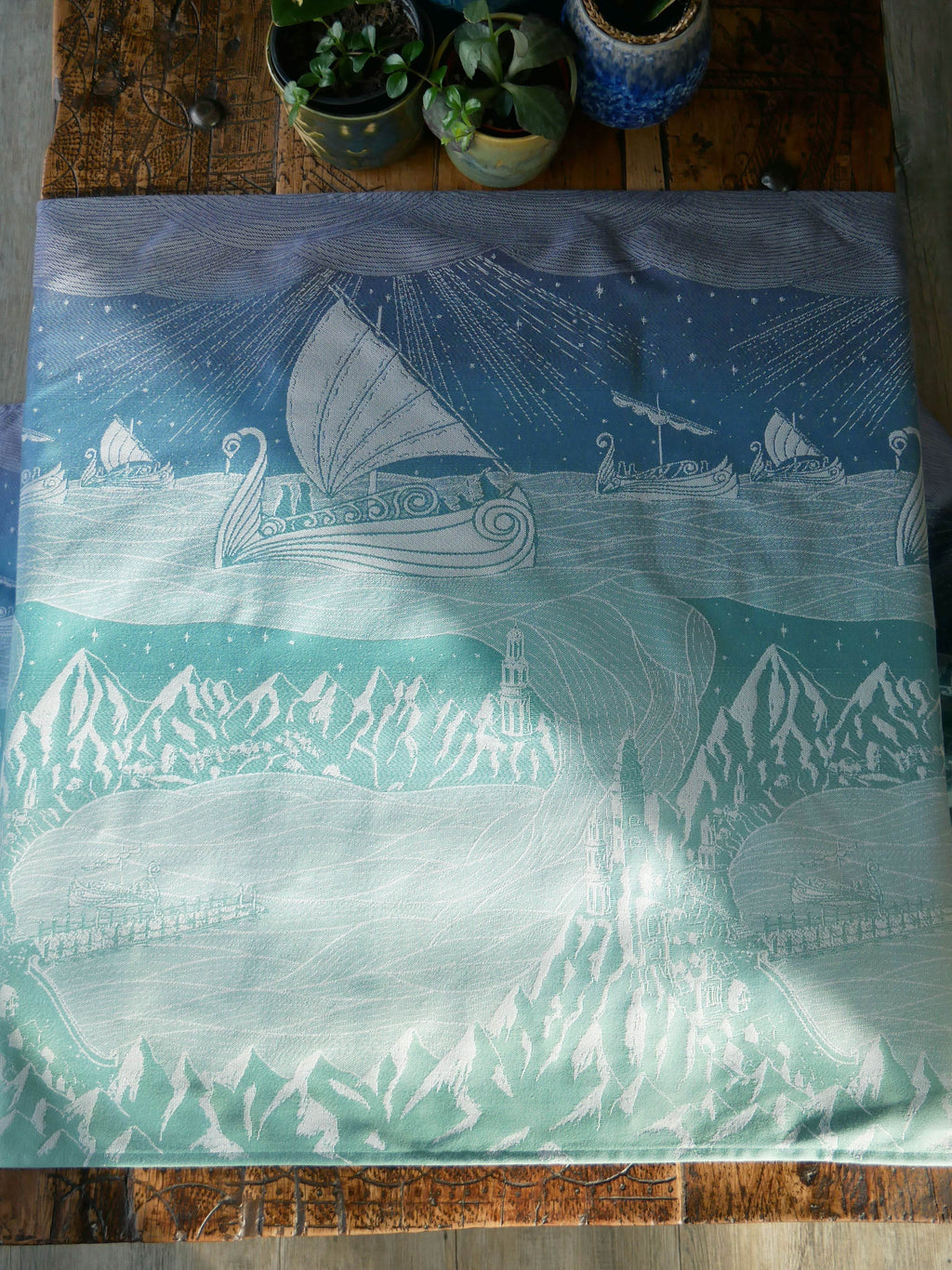
Grey Havens: Oscha Lord of the Rings Design Development
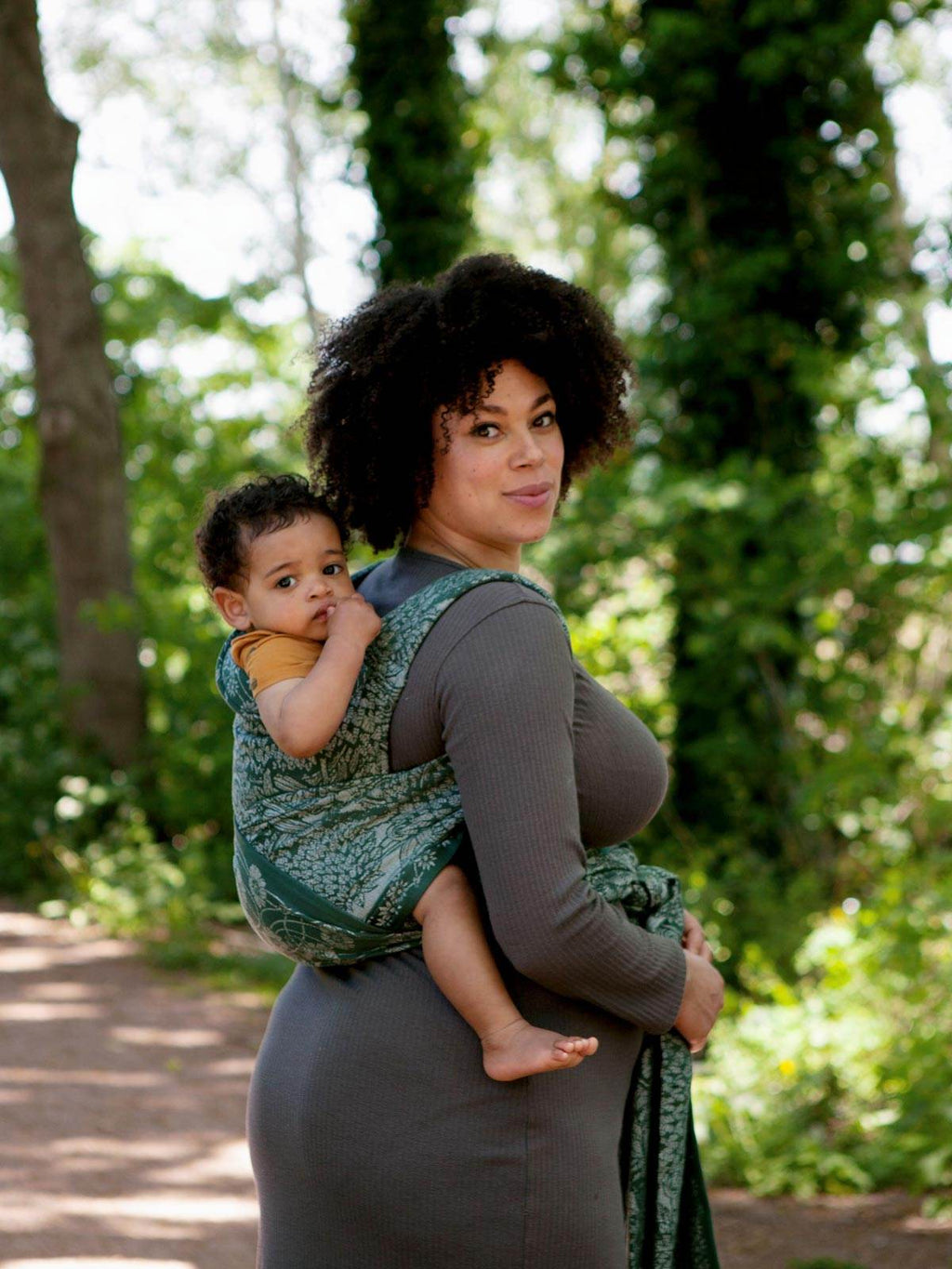
Can Baby Carriers Cause Back Pain?

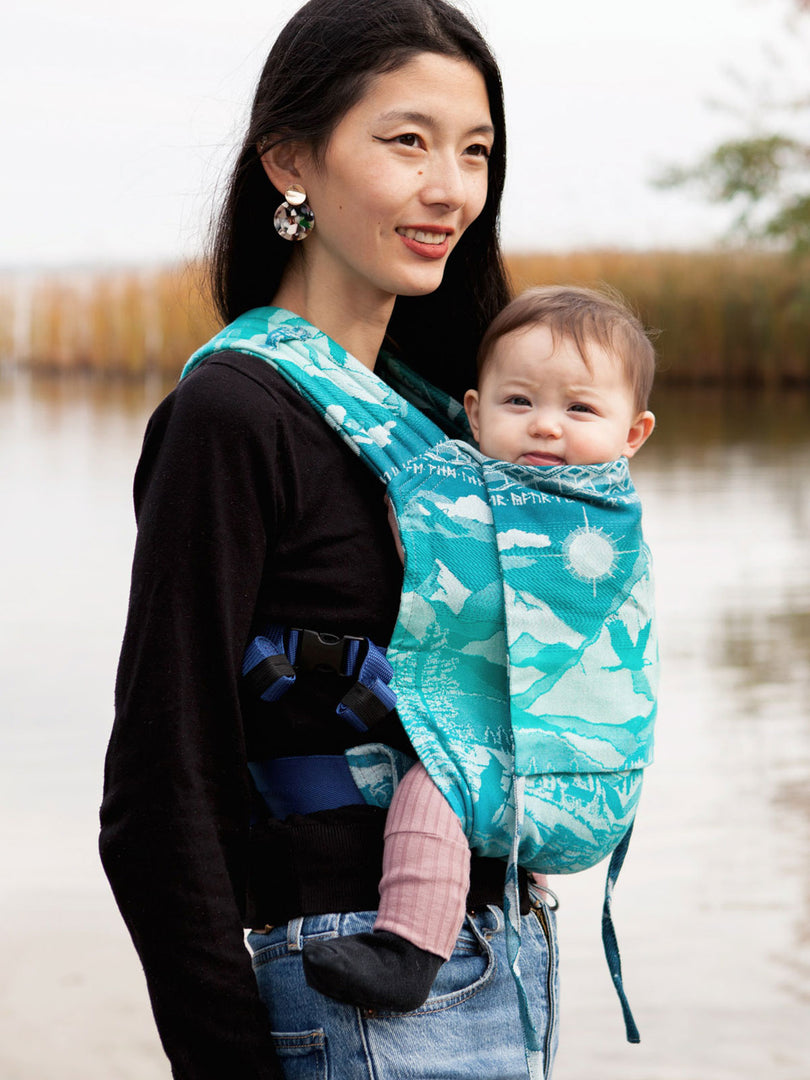


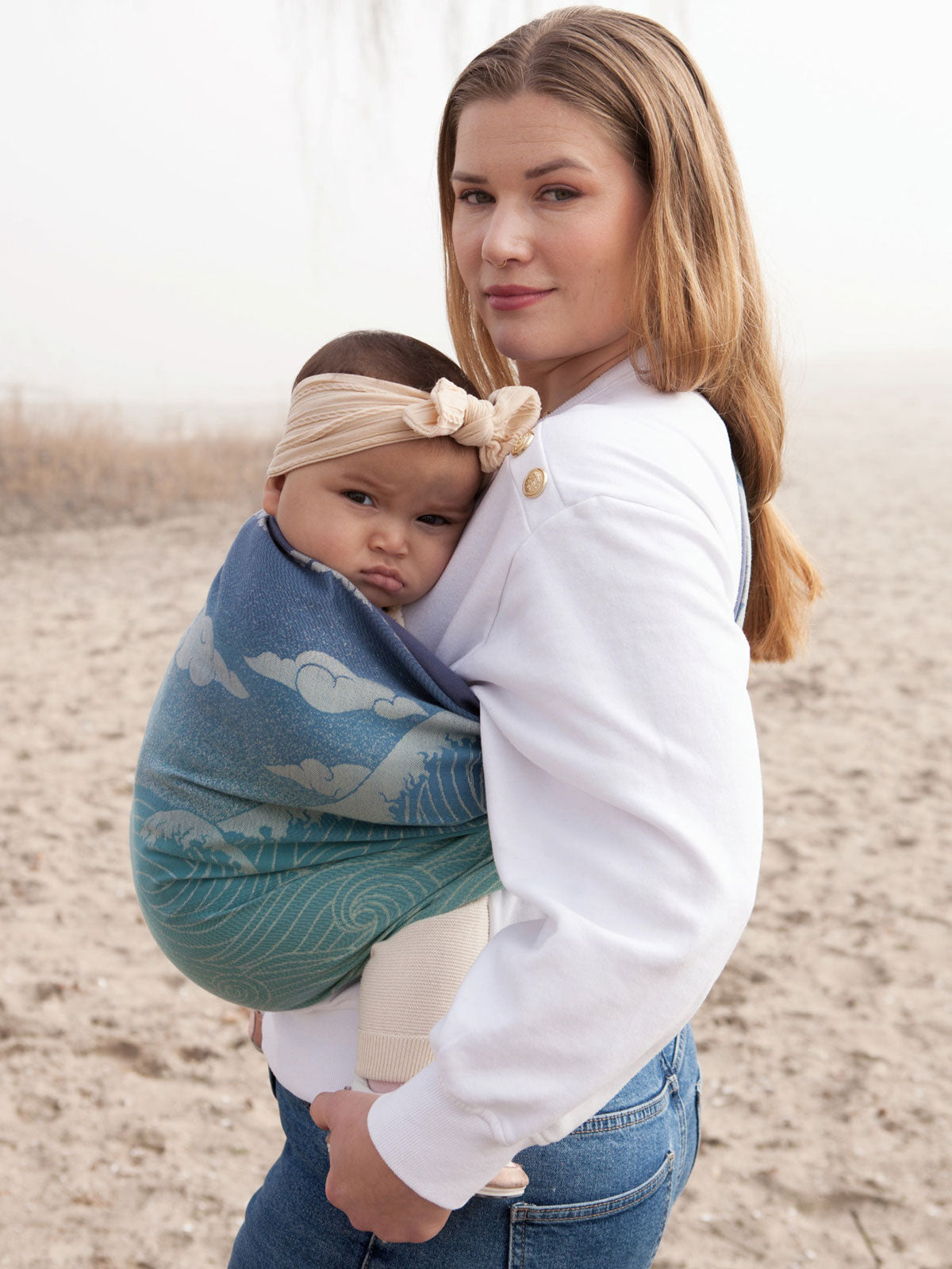

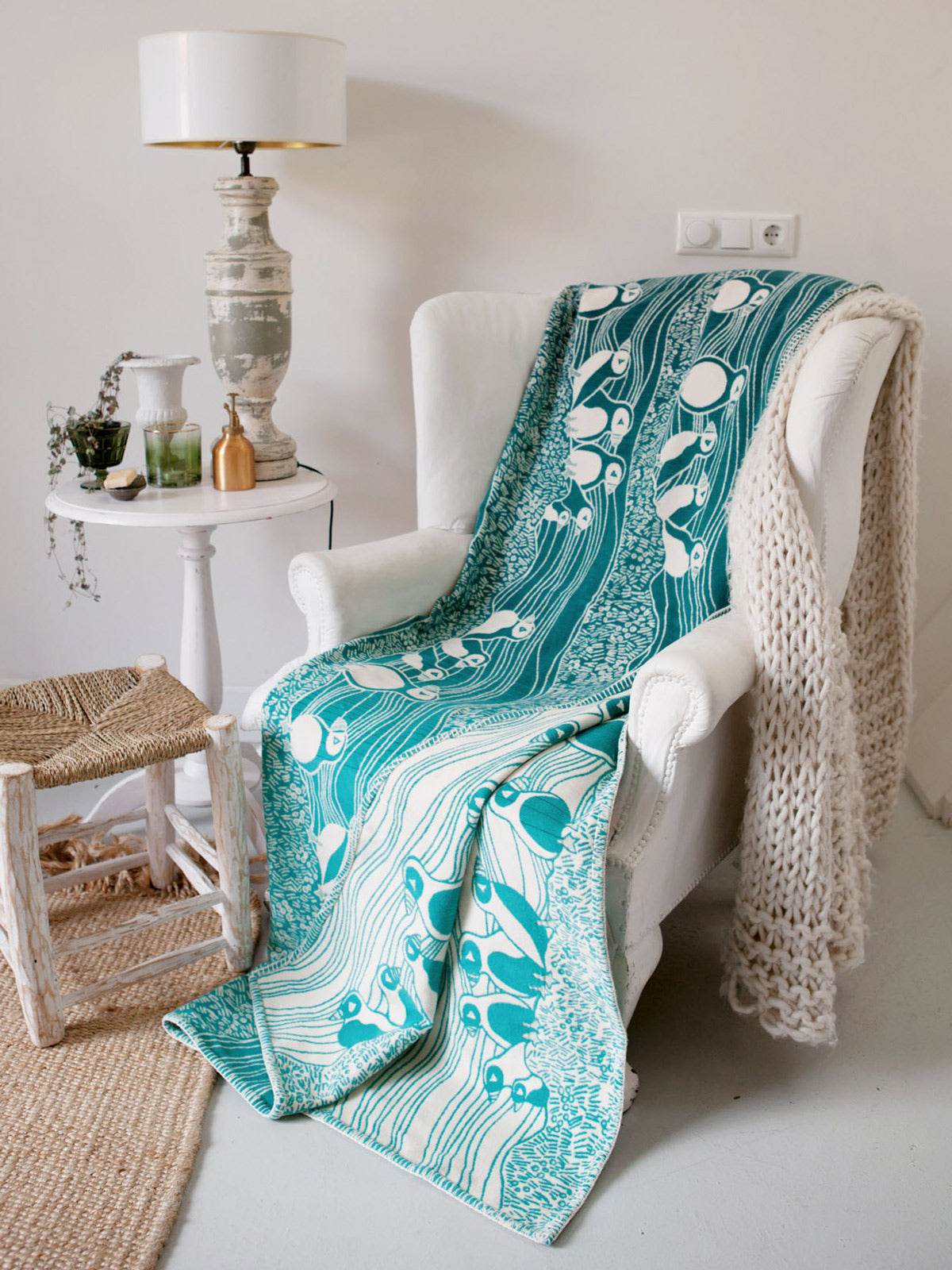

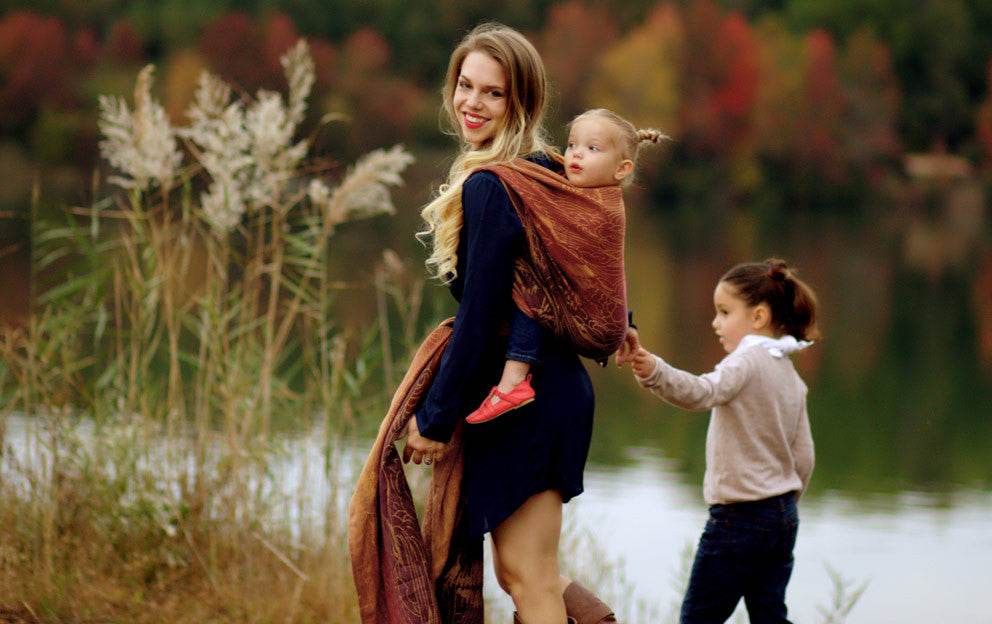

 https://oschaslings.com
https://oschaslings.com